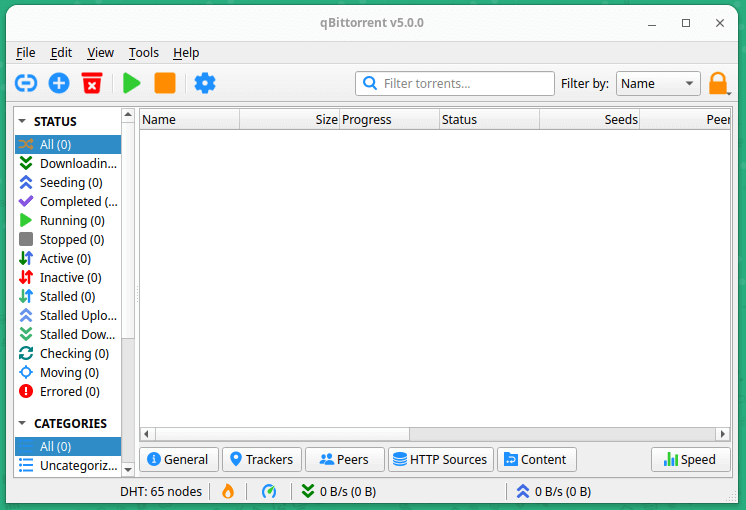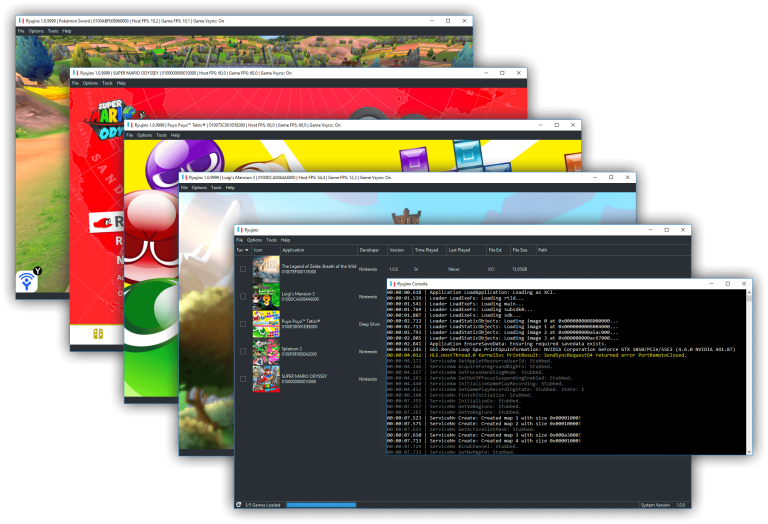qBittorrent is a popular open-source BitTorrent client that allows users to download and share files over the internet. The latest version, qBittorrent 5.0, was released recently and comes packed with new features and improvements.
This article will guide you on how to install qBittorrent 5.0 on Linux, highlight its key features, and explain how to use the AppImage format for installation.
What is qBittorrent?
qBittorrent is designed to be a free alternative to other BitTorrent clients like µTorrent, which offers a user-friendly interface, no ads, and many advanced features such as an integrated search engine, RSS feed support, and more.
The latest version of qBittorrent 5.0 includes several notable enhancements and performance improvements:
- Improved integration with systemd allows better power management on Linux systems.
- A polished interface that resembles µTorrent, making it easier for users transitioning from that platform.
- Users can now specify the Python executable path for search plugins, enhancing flexibility.
- A new dark theme option improves visibility and aesthetics in the web interface.
- The ability to create .torrent files with larger piece sizes has been added.
- Users can now remove trackers directly from the filter widget menu.
- New features allow users to keep unwanted files in a separate folder and move content files to the trash instead of deleting them outright.
These updates aim to enhance usability and provide more control over torrent management.
How to Install qBittorrent on Linux
One of the easiest ways to install qBittorrent on Linux is through the AppImage format, which are portable application that can run on most Linux distributions without needing installation.
First, visit the official qBittorrent website and download the latest version of qBittorrent AppImage.
Once downloaded, navigate to the directory where you downloaded the AppImage file, set the permissions to make it executable, and run it.
chmod +x qbittorrent-5.0.AppImage ./qbittorrent-5.0.AppImage
This will launch qBittorrent, and you can start using it right away.

If you prefer using your system’s package manager, you can also install qBittorrent directly from repositories (if available).
sudo apt install qbittorrent [On Debian, Ubuntu and Mint] sudo yum install qbittorrent [On RHEL/CentOS/Fedora and Rocky/AlmaLinux] sudo emerge -a sys-apps/qbittorrent [On Gentoo Linux] sudo apk add qbittorrent [On Alpine Linux] sudo pacman -S qbittorrent [On Arch Linux] sudo zypper install qbittorrent [On OpenSUSE] sudo pkg install qbittorrent [On FreeBSD]
Once you have installed qBittorrent, you can start using it to download torrents. If you have the built-in search engine enabled, you can search for torrents directly within the app. Alternatively, you can download .torrent files from websites and open them in qBittorrent.
Conclusion
qBittorrent stands out as a robust BitTorrent client due to its combination of user-friendly design, powerful features, and commitment to being ad-free.
Its support for advanced functionalities like integrated search engines, RSS feeds, sequential downloading, and remote management makes it a top choice for both novice and experienced torrent users.





